DENG Yuru's Research Group
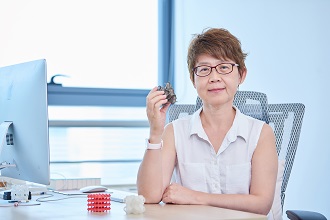
Group Name
Biological Cubic Membrane Research Group
Principal Investigator
Dr. DENG Yuru
Wenzhou institute, UCAS
Email: dengyr@ucas.ac.cn
Wenzhou institute, UCAS
Email: dengyr@ucas.ac.cn
Biography
- 2016.06 - Present Senior Researcher, Wenzhou Institute, UCAS, China
- 2013.08 - 2016.04 Professor, Institute of Biomedical Engineering and Health Sciences, Changzhou University, China
- 2002.07 - 2013.06 Assistant Professor, Department of Physiology, National University of Singapore, Singapore
- 1998.03 - 2001.09 Postdoctoral Fellow, Wadsworth Center, New York State Development of Health, New York, USA
- 1992.02 - 1998.02 PhD, State University of New York at Buffalo, New York, USA
Research Interests
Formation mechanism, three-dimensional nanostructure, optical and antioxidant properties and application of biological cubic membrane (BCM).
Application of BCM in gene, protein and drug encapsulation.
Extraction, chemical and biosynthesis of natural substances derived from phospholipid by cubic membrane and its role in the pathogenesis, prevention and treatment in Alzheimer's disease (AD).
Application of BCM in gene, protein and drug encapsulation.
Extraction, chemical and biosynthesis of natural substances derived from phospholipid by cubic membrane and its role in the pathogenesis, prevention and treatment in Alzheimer's disease (AD).
Dr. DENG Yuru’s Lab of Biological Cubic Membrane Research
We use perspectives from biology, chemistry and biophysical chemistry to understand the application of new gene protein carriers, 3D structure and optical properties of cubic membrane (CM), and antioxidant properties of phospholipids. It is our interest to investigate the microglial ultrastructure on purpose of cubic membrane initiation by starvation stress and other stresses. Recently, plasmalogen and other phospholipids become an attractive part of modern research to aid the AD patients as it is found that plasmalogen becomes less in the brain of AD patients. So, we are trying to know the role and mechanism of plasmalogen and at the same time we are focusing on the industrialization of plasmalogen production commercially. Please see our ‘Research Projects’ section for some specific projects we are working on and how you can get involved!
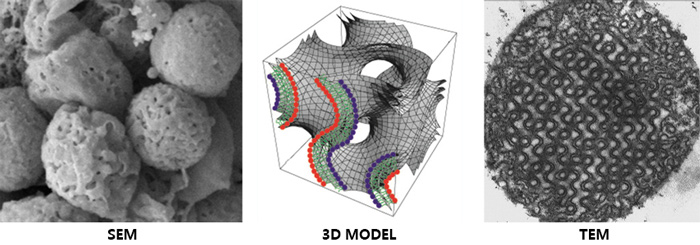
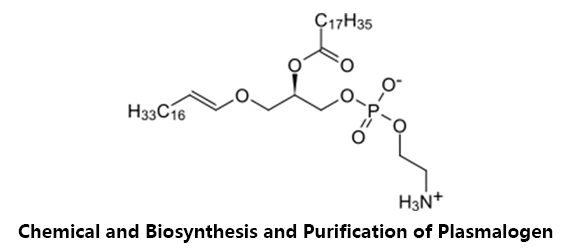
Research Projects
- Major Project in WIUCAS (2019.06-2022.06): Study on the mechanism and the role of plasmalogen on lung surfactant.
- NSFC Fund (2017.01-2020.12): Study on the structural antioxidant effect and formation mechanism of biological cubic membrane induced by oxidative stress.
- Major Science and Technology Project in WIUCAS (2016.04-2019.04): CM derived lipids as novel gene and drug carriers.
Research Article
Bicontinuous cubic phases in biological and artificial self-assembled systems, Science China Materials, 2020, 10.1007/s40843-019-1261-1
Summary
Bicontinuous cubic structures are one of the complex biological structures, which are often described by triply periodic minimal surfaces (TPMSs) and their constant mean curvature (CMC)/parallel surface companions, unique physical properties are of special interest to various research fields. In this article, the formation mechanism and relationships of relevant biological and artificial self-assembly are discussed and summarized. These structures can be formed through biological processes with regulation across corresponding to the molecular size and curvature. The block copolymeric system is considered to be an attractive model for the study of biological systems. Here, some of the phenomena found in these two systems are compared and discussed, and this information may provide new ideas to understand the relationship between molecular shape and resulting interface curvature and the self-assembly process in living organisms.
Initiative Works
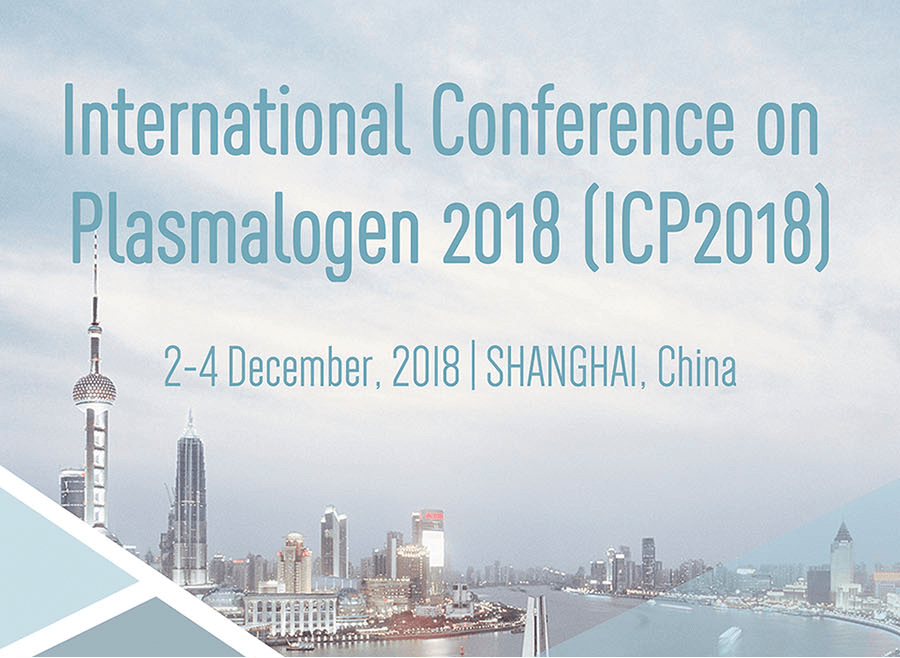
Conference on Plasmalogen co-sponsored by Shanghai Jiaotong University, Zhejiang University, Wenzhou Institute, UCAS and Institute of Physics, CAS
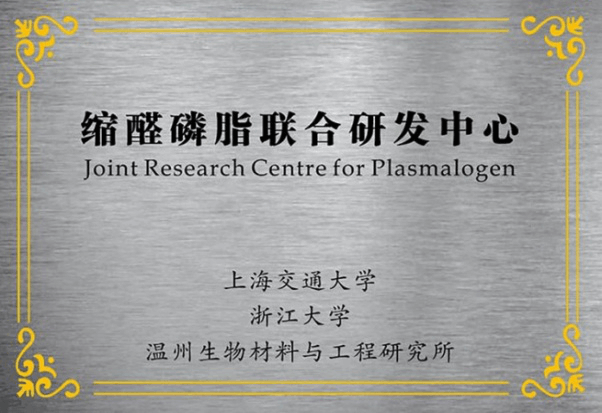
Research Center for Plasmalogen
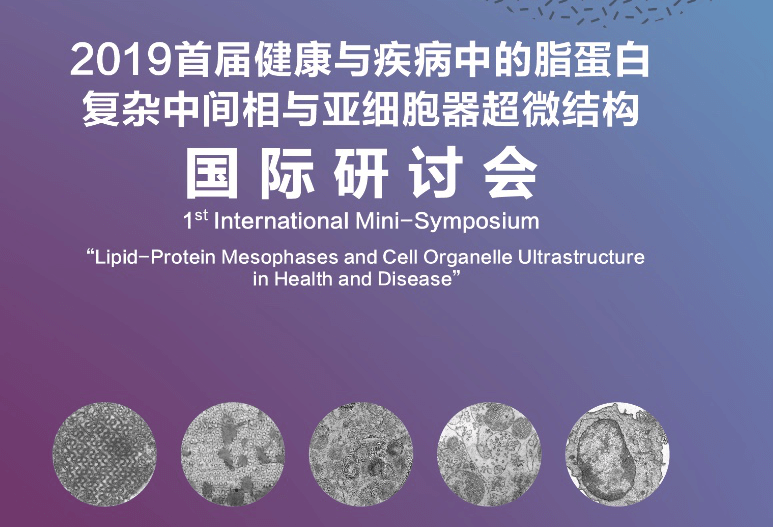
1st International Mini-Symposium, hosted by Wenzhou Institute, UCAS, 2019.11.07-11.09

Topic Editor of Special Issue
Representative Publications
- Cui C, Deng Y*, Han L*. Bicontinuous cubic phases in biological and artificial self-assembled systems. Science China Materials. Published online 28 Feb 2020. 10.1007/s40843-019-1261-1.
- Chong K, Almsherqi ZA, Shen HM, Deng Y (2018). Cubic membrane formation supports cell survival of amoeba Chaos under starvation-induced stress. Protoplasm 255:517-25.
- Deng Y, Lee LHE, Chong K, Almsherqi ZA (2017). Evaluation of radical scavenging system in amoeba Chaos carolinense during nutrient deprivation. Interface Focus 7:20160113
- Zhan T, Lv WH, Deng Y (2017). Multilayer gyroid cubic membrane organization in green alga Zygnema. Protoplasma 254:1923-30.
- Deng Y, Almsherqi ZA (2015). Evolution of cubic membranes as antioxidant defence system. Interface Focus 5:20150012.
- Chong K, Tan LL, Almsherqi Z, Lin Q, Kohlwein SD, Deng Y (2015). Isolation of mitochondria with cubic membrane morphology reveals specific ionic requirements for the preservation of membrane structure. Protoplasma 252:689-96.
- Mak A, Almsherqi Z, Lai YW, Cheak AC, Deng Y (2013). Intracellular tubulo-reticular structures of peripheral blood mononuclear cells as an ultra-structural marker of disease activity in SLE: a pilot study. Int J Rheum Dis. 16:692-7.
- Almsherqi Z, Margadant F, Deng Y (2012). A look through “lens” cubic mitochondria. Interface Focus 2:539-45.
- Chong K, Deng Y (2012). The three dimensionality of cell membranes: lamellar to cubic membrane transition as investigated by electron microscopy. Methods Cell Biol. 108:317-43.
- Wang CM, Almsherqi ZA, McLachlan CS, Matthews S, Ramachandran M, Deng Y (2011). Acute starvation in C57BL/6J mice increases UCP2 and UCP3 protein expression levels and decreases mitochondrial bio-energetic function. Stress 14:66-72.
- Deng Y, Almsherqi ZA, Ng MM, Kohlwein SD (2010). Do viruses subvert cholesterol homeostasis to induce host cubic membranes? Trends Cell Biol 20: 371-9.
- Almsherqi ZA, Margadant F, Deng Y (2010). Chapter 4: The Cubic “Faces” of Biomembranes, Elsevier book series: Advance in Planar Lipid Bilayers and Liposomes (by A. Leitmannova Liu), Vol. 12, pp79-100. (book chapter)
- Slocinska MB, Almsherqi ZA, Navet R, Sluse FE, Deng Y (2010). Identification and characterization of uncoupling protein in heart and muscle mitochondria of canary birds. J Bioenerg Biomembr 42:345-53.
- Deng Y, Almsherqi ZA, Shui GH, Wenk MR, Kohlwein SD (2009). Docosapentaenoic acid (DPA) is a critical determinant of cubic membrane formation in amoeba Chaos mitochondria. FASEB J 23:2866-71.
- Almsherqi ZA Landh T. Kohlwein SD, Deng Y (2009). Chapter 6 Cubic membranes: the missing dimension of cell membrane organization. Int Rev Cell Mol Biol 274:275-342. (cover photo)
- McLachlan CS, Almsherqi ZA, Mossop P, Suzuki J, Leong ST, Deng Y (2009). Down regulation of immuno-detectable cardiac connexin-43 in BALB/c mice following acute fasting. Int J Cardiol. 136: 99-102.
- Tai YK, Cheong YM, Almsherqi ZA, Chia SH, Deng Y, McLachlan CS (2009). High dose clopidogrel decreases mice liver mitochondrial respiration function in vitro. Int J Cardiol. 133:250-2.
- Almsherqi ZA, Hyde S, Ramachandrana M, Deng Y (2008). Cubic membranes: a structure-based design for DNA uptake. J R Soc Interface 5:1023-9.
- McLachlan CS, Almsherqi Z, Deng Y, Matthews S, Mossop P (2008). Vitamin C and mitochondrial uncoupling protein in enhanced dobutamine myocardial contractility. Am Heart J 155:e29.
- McLachlan CS, Almsherqi ZA, Chua S-Y, Liew Y-Y, Low C-W, Deng Y (2007). Acute coronary ligation in the dog induces time dependent transitional mitochondrial crista changes in the non-ischemic ventricular myocardium. Clin Exp Pharmacol Physiol 34:250-3.
- Amsherqi ZA, McLachlan CS, Stacey KH, Deng Y (2007). Chronic Phenobarbital-Induced Mitochondrial Pleomorphism in the Rat Liver. Toxicol Pathol 35: 833-5.
- Almsherqi ZA, Kohlwein SD, Deng Y (2006). Cubic membranes: a legend beyond the Flatland of cell membrane organization. J Cell Biol 173:839-44.
- Almsherqi ZA, McLachlan CS, Slocinska MB, Sluse FE, Navet R, Kocherginsky N, Kostetski I, Shi DY, Liu SL, Mossop P, and Deng Y (2006). Reduced cardiac output is associated with decreased mitochondrial efficiency in the non-ischemic ventricular wall of the acute myocardial-infarcted dog. Cell Res. 16: 297-305.
- Almsherqi ZA, McLachlan CS, Kostetski I, Lai C-S, Chiu C-C, Liu S-L, Tay KH, Deng Y (2006). Displacement of the beating heart induces an immediate and sustained increase in myocardial reactive oxygen species. Circ J 70: 1226-8.
- Tan L-L, Almsherqi ZA, and Deng Y (2005). A simple mass culture of amoeba Chaos carolinense: revisit. Protistology 4:185-90.
- Almsherqi ZA, McLachlan CS, Mossop P, Knoops K, Deng Y (2005). Direct template matching reveals a host subcellular membrane gyroid cubic structure that is associated with SARS virus. Redox Report 10:167-71.
- Almsherqi Z, McLachlan C, Mossop PJ, Deng Y (2005). Combined pharmacologic treatment with clopidogrel and statin for patients with acute coronary syndrome: is there a survival advantage? Eur Heart J. 26: 1932.
- Shi D-Y, Deng Y, Liu S-L, Zhang Y-D, Wei L (2003). Redox stress regulates cell proliferation and apoptosis of human hepatoma through Akt protein phosphorylation. FEBS Lett 542: 60-4.
- Deng Y, Kohlwein SD, Mannella CA (2002). Fasting induces cyanide-resistant respiration and oxidative stress in the amoeba Chaos carolinensis: Implications for the cubic structural transition in mitochondrial membranes. Protoplasma 219:160-7.
- Deng Y, Marko M, Buttle KF, Leith A, Mieczkowski M, Mannella CA (1999). Cubic membrane structure in amoeba (Chaos carolinensis) mitochondria determined by electron microscopic tomography. J Struct Biol 127:231-9. (cover photo)
- Deng Y, Mieczkowski M (1998). Three-dimensional periodic cubic membrane structure in mitochondria of amoeba Chaos carolinensis. Protoplasma 203:16-25.